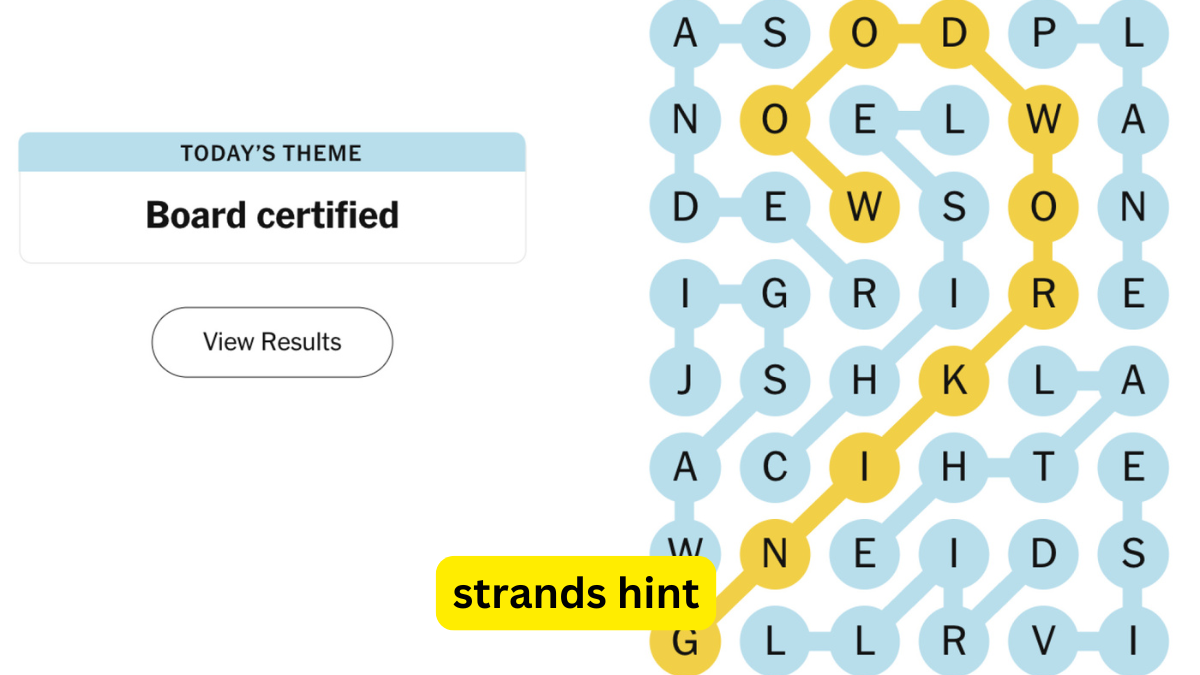Strands:In the world of science, art, and literature, “strands“ play a pivotal role across various domains. Whether referring to DNA strands in biology, narrative strands in storytelling, or fiber strands in textiles, the term encompasses a broad spectrum of meanings. This article provides an in-depth exploration of strands, unraveling their significance, applications, and interconnectedness in diverse fields.
What Are Strands?
The term “strand” generally refers to a single thread or component within a complex structure. Strands can represent physical threads, figurative storylines, or molecular sequences, depending on the context. Understanding strands in each of these contexts allows us to appreciate their essential role in forming intricate and functional systems.
Strands in Molecular Biology: The Backbone of Life
Structure of DNA Strands
One of the most well-known uses of the term is in reference to DNA strands, which form the building blocks of genetic material. DNA is a double-helical structure consisting of two strands composed of nucleotides. These strands are held together by hydrogen bonds between complementary base pairs: adenine pairs with thymine, and cytosine pairs with guanine.
Replication of DNA Strands
DNA replication is a critical biological process where each strand acts as a template to synthesize a new complementary strand. This ensures that genetic information is passed accurately from one cell generation to the next.
RNA Strands and Their Role
Unlike DNA, RNA is typically single-stranded. It plays vital roles in protein synthesis, with strands of mRNA, tRNA, and rRNA working together to translate genetic codes into functional proteins.
Narrative Strands in Storytelling
What Are Narrative Strands?
In literature and filmmaking, narrative strands are distinct threads of the story that weave together to form a cohesive plot. These strands may represent subplots, character arcs, or thematic elements.
The Importance of Multiple Strands
Using multiple narrative strands adds depth and complexity to storytelling. For example:
- Primary strands focus on the main storyline or protagonist’s journey.
- Secondary strands delve into supporting characters or subplots.
- Thematic strands highlight overarching messages or motifs.
Famous Examples of Multi-Stranded Stories
- In “Game of Thrones,” the narrative shifts between various characters and locations, each with its own strand contributing to the larger saga.
- Charles Dickens’ “Bleak House” masterfully interweaves strands of personal drama with commentary on social justice.
Strands in Textiles and Materials
What Are Fiber Strands?
In the realm of textiles, strands refer to individual threads or fibers that are twisted or woven together to create fabrics, ropes, or cables. Materials such as cotton, silk, and synthetic fibers are spun into strands before being crafted into usable products.
Applications in Everyday Life
- Rope-Making: Strands of natural or synthetic fibers are braided to increase tensile strength.
- Weaving and Knitting: Strands form the foundation of fabric production.
- Composite Materials: Carbon fiber strands are used to create lightweight yet durable materials for aerospace and automotive industries.
The Role of Strands in Communication and Networking
Optical Fiber Strands
Optical fibers, made of thin glass or plastic strands, revolutionize data transmission by enabling high-speed internet and telecommunication networks. Each strand carries light signals encoded with data over long distances with minimal loss.
Cable Strands in Infrastructure
In electrical engineering, cable strands consist of multiple intertwined wires that enhance conductivity and flexibility. These strands are critical in power grids, electronics, and household wiring.
Strands as Metaphors in Philosophy and Art
Strands often symbolize interconnectedness and continuity in various philosophical and artistic contexts. The phrase “strands of thought” reflects the weaving together of ideas to form a unified perspective.
Applications of Strands Across Industries
In Medicine
- DNA strand analysis aids in identifying genetic disorders and tailoring personalized treatments.
- Strands of synthetic polymers are used in creating medical sutures and implants.
In Technology
- Fiber-optic strands are integral to modern communication systems.
- Nano-strands contribute to advancements in material science and electronics.
In Environmental Science
- Strands of kelp and seagrass play crucial roles in marine ecosystems.
- Recycling strands of plastics into reusable materials reduces environmental impact.
How Strands Enhance Modern Problem-Solving
Interdisciplinary Approaches
By studying strands across different domains, researchers and professionals can draw parallels and innovate solutions. For instance:
- The concept of interconnected strands in systems biology inspires algorithms in computer science.
- Multi-strand narratives in media influence marketing strategies by fostering emotional engagement.
Future Prospects
The exploration of nano-strands in quantum computing and the use of synthetic DNA strands for data storage represent groundbreaking frontiers for science and technology.
Conclusion
Strands are more than just physical threads—they are fundamental components that bind systems, narratives, and ideas together. Whether in the molecular realm of DNA, the imaginative world of storytelling, or the tangible field of material sciences, strands weave the fabric of our understanding and innovation.

